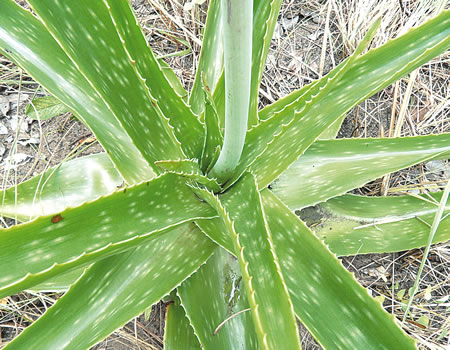Menstrual disorders are very common amongst girls and young women, and usually include period pain and mood disturbances like feeling angry or sad unexpectedly.
2019: Rivers APC candidate remains disqualified, Appeal Court rules
Now, period pain affects around three-quarters of all women during their reproductive life and is especially common in young women in their teens and early adult life, where about nine out of 10 young women may experience period pain.
Although most young women will have what is called ‘primary dysmenorrhea’, where the pain is related to hormonal changes, at least one in 10 will have some kind of ‘secondary dysmenorrhea’ which is due to structural changes in the pelvic area.
Painkillers, like non-steroidal anti-inflammatory drugs (NSAIDs) or the contraceptive pill, have been used but more women are looking for non-drug therapies, including herbal and dietary treatments.
But scientific evidence is suggesting remedies can take care of period pain. Remedies from Aloe buettneri, Dicliptera verticillata, Hibiscus macranthus and Justicia insularis can play an important role in the cause and treatment of menstrual disorders.
Under laboratory conditions, the synergistic effect of compounds present in these plants, the researchers said, provided evidence to support the usage of their mixture in traditional medicine for the treatment of menstrual pain.
In a new study, researchers found that the plant mixture increased the production of the sex hormones in the treated rats compared with the control.
For the study, the researchers administered extracts of the plants to PMSG-primed immature rats (10 rats/group) for five days. At the end of the treatment, five animals of each group were sacrificed and various biological markers of reproduction were recorded.
The treatment of rats with the mixture of their powders and Aloe buettneri increased progesterone levels in the blood by 7.4 and 15.62 times, respectively. The oestradiol and progesterone levels also increased significantly with Justicia insularis and Aloe buettneri respectively as compared with the control group.
Progesterone, which is produced in the ovaries, placenta and adrenal glands, helps to regulate the monthly menstrual cycle and prepares the body for conception and pregnancy.
Meanwhile, the increase in oestradiol and progesterone synthesis in the AMP-treated rats was associated with the increase in follicle stimulating hormone (FSH) and luteinizing hormone (LH) levels in the blood.
The 2018 study published in the Journal of Basic Clinical and Physiology Pharmacology also linked this change in oestradiol level with significant vaginal opening percentage as well as the increase in relative weights of the ovaries and womb of the Justicia insularis-treated animals.
The opening of the vagina on attainment of the rats that had reached puberty results from the increase in the secretion of estrogens by the ovarian follicles.
However, the researchers stated that more studies still need to be done to fully understand how the aqueous extract of the mixture of leaves in traditional medicine to treat infertility among women.
Previously, researchers in a study compared the effects of ginger, mefenamic acid, and ibuprofen on pain in 150 students (18 years old and over) with primary dysmenorrhoea at two medical universities in Iran.
Considering this evidence, the researchers in the 2009 publication of The Journal of Alternative and Complementary Medicine, suggested that ginger had pain-relieving effects similar to those of mefenamic acid and ibuprofen in painful menses.
They declared that painful menses is sometimes associated with nausea and vomiting and that ginger also works to alleviate these symptoms.
Furthermore, in 2014, another randomised clinical study in the Archives of Gynaecology and Obstetrics from Iran demonstrate that lower doses of ginger similarly resulted in reduced pain intensity in the first and second months; it was not different from mefenamic acid.
In the clinical trial, 250mg ginger was prescribed every six hours from the onset of menstruation until pain relief lasted two cycles, suggesting ginger as an alternative treatment without any adverse effect, including diarrhoea and heartburn. It involved 120 students with moderate to severe painful menses.
In addition, pure honey consumption in women, who suffer from menstrual pain, reduces significantly the severity of pain and amount of bleeding.
The study in the 2012 Evidence-Based Care edition involved 60 female students. It compared the effect of pure and impure honey on the severity of pain, amount of bleeding, and the duration and interval of menstrual cycles in female students with menstrual pain.






